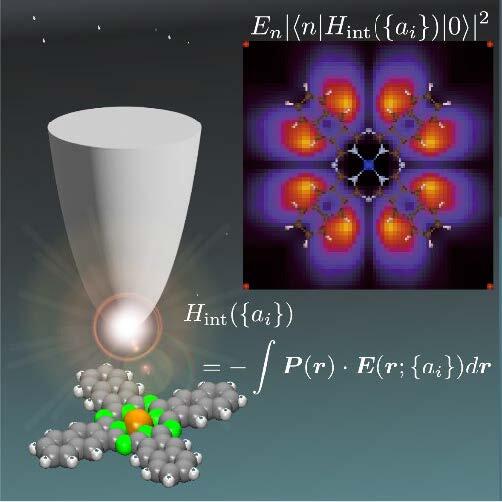2024-02-20 アメリカ合衆国・コネティカット大学

・ コネティカット大学が、シーフード(海産食品)の廃棄物からキチンを抽出する持続可能な技術を開発。
・ セルロースの次に地球上で最も多く生合成されているバイオポリマーのキチンは、年間約 1 千億トンが菌類や昆虫・甲殻類等の生物から生産され、セルロースと同様に食品パッケージを含む丈夫で堆肥化可能な使い捨ての材料から肥料、化粧品に至るまであらゆる製品に利用されている。
・ シーフード廃棄物は、埋め立てや海洋への廃棄、堆肥化による処理が一般的だが、廃棄物からの余剰の栄養分が水路に流れ込むことで藻類が成長して大量の酸素を消費する栄養汚染を起こし、海洋・水生生物の生息不可能な貧酸素の水域を作る原因となる。
・ 高分子量の多糖であるキチンの分解技術は苛性の化学物質に大きく依存し、さらに抽出後の溶液の希釈と中和に大量の水を使用する。現行のキチン質廃棄物の抽出・処理方法では強力な酸塩基の化学物質を大量に使用するため、米国内には処理場が存在しない。
・ 強力な水素結合により水との反応を妨げる分子構造をもつキチンを水溶性にするには、水との水素結合の形成が必要。本研究では、水素の供与体として働くグリセロール、供与体として働く塩化コリンと、リンゴ酸・乳酸を組み合わせた三元深共晶溶媒(TDESs)を作製した。
・ この TDES が、キチンの構造を維持する水素結合の切断に効果のあることを確認。また、タンパク質やミネラル等の不要な要素を溶解してキチンを選択的に抽出させる設計も可能。食品由来の低刺激性の溶媒のため、廃棄時に大量の水による中和が不要で、キチン抽出能力が低減するまで少なくとも 3 回の利用が可能。
・ TDES の構成要素の割合を変えることでキチンの処理度合を制御し、最終製品の分子量を応用先に合わせて微調整(300~100,000KDa)できる。従来の回収方法によるキチンの分子量は小さく、アプリケーションが制限される。
・ 現在、キチン繊維をナノキチンに変換する抽出プロセスへの統合に向けた超音波処理法を開発中。作物生産や土壌のバイオスティミュラント機能等、ナノキトサンの利用可能性について農企業との試験も実施している。また、海藻等の他の材料への新技術の応用についても研究を進めている。
・ 本研究は、コネティカット大学の Strategic Vision Implementation Committee (SVIC)によるグラントが支援した。
URL: https://today.uconn.edu/2024/02/an-environmentally-friendly-way-to-turn-seafood-waste-into-value-added-products/#
<NEDO海外技術情報より>
関連情報
International Journal of Biological Macromolecules 掲載論文(アブストラクトのみ;全文は有料)
Glycerol/organic acid-based ternary deep eutectic solvents as a green approach to recover chitin with
different molecular weight from seafood waste
URL: https://www.sciencedirect.com/science/article/abs/pii/S0141813023056131?via%3Dihub
Abstract
In this study, we designed a green and efficient approach for the fractionation of high-purity chitin with tunable molecular weights from seafood waste. This was achieved by using ternary deep eutectic solvents (TDESs) composed of choline chloride as a hydrogen bond acceptor, glycerol as the polyol-based hydrogen bond donor, together with lactic acid or malic acid. Two binary DESs and four TDESs were evaluated for their ability to recover chitin. The extracted chitin exhibited not only high yield with excellent protein and mineral removal, but also high purity with similar crystallinity patterns as standard chitin. However, the average molecular weights, viscosity behavior and morphology of chitin extracted by DESs were varied and influenced by organic acid to glycerol molar ratios. The molecular weights of chitin extracted by lactic acid-based TDES ranged from 264 kDa to 541 kDa, but malic acid-based TEDS displayed a stronger depolymerization effect, resulting in chitin with a smaller molecular weight of less than 300 kDa. Lactic acid-based TDES revealed that the purity of chitin remained higher than 92 % after three cycles. This sustainable and environmentally friendly extraction system holds great potential to recover chitin from seafood waste, opening a new era for chitin extraction and applications.



